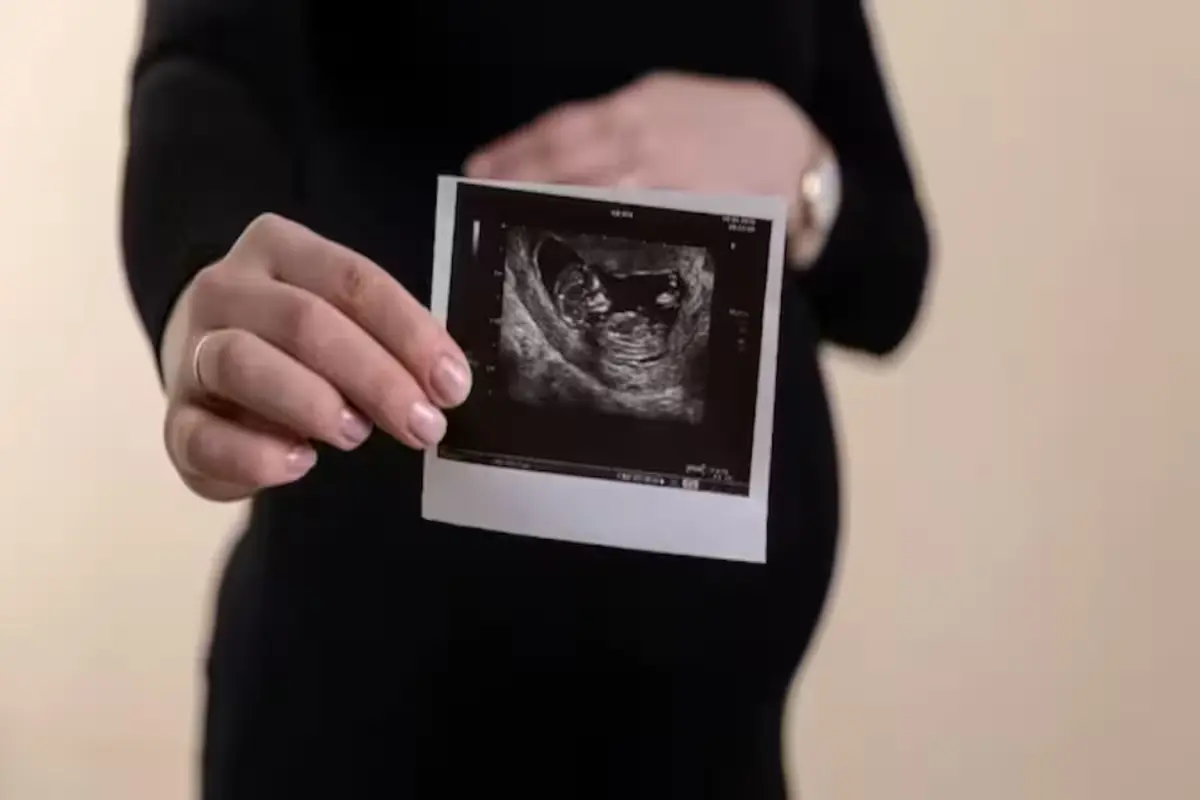
A groundbreaking collaboration between the Biotechnology Research and Innovation Council (BRIC) – Translational Health Science and Technology Institute (THSTI) in Faridabad and the Indian Institute of Technology Madras (IIT Madras) has led to the development of a pioneering model for accurately estimating fetal gestational age (GA) during the second and third trimesters of pregnancy. This innovative model, tailored specifically for the Indian population, addresses the limitations of current methods that rely on Western data.
The newly devised Garbhini-GA2 model represents a breakthrough in late-trimester GA estimation, utilizing three routinely measured fetal ultrasound parameters, as claimed by the developers. Developed using data from the GARBH-Ini cohort at Gurugram Civil Hospital, Haryana, the model underwent initial validation in an independent South Indian cohort.
Published in the Lancet Regional Health Southeast Asia on February 13, 2024, the research highlights the effectiveness of Garbhini-GA2, which significantly outperforms current models. It reduces GA estimation median errors by over threefold compared to the Hadlock model.
Dr. Shinjini Bhatnagar, principal investigator of the GARBH-Ini program and distinguished professor at THSTI, underscores the critical role of accurate GA estimation in mitigating adverse pregnancy outcomes. She emphasizes the importance of integrating advanced data science tools with clinical requirements for optimal results.
Also Read: Taylor Swift’s Sydney Concert Triumph Marred by Alleged Altercation Involving Father
Traditionally in India, GA estimation relies on formulas designed for Western populations, leading to inaccuracies due to differing fetal growth patterns. The utilization of Indian population-specific GA formulas like Garbhini-GA2 has immense potential to enhance pregnancy care outcomes, especially for women undergoing their first ultrasound in the second and third trimesters. This precision not only enhances patient care but also refines epidemiological estimates for pregnancy outcomes nationwide.
Conducted in collaboration with esteemed medical institutions including Gurugram Civil Hospital, Safdarjung Hospital, Christian Medical College Vellore, and Pondicherry Institute of Medical Sciences, this study is part of the flagship GARBH-Ini program supported by the Department of Biotechnology (DBT), Government of India.
Also Read: Vijay Shekhar Sharma’s Departure from Payments Bank Board Puts Paytm Shares in Spotlight
Funding for the data science research was provided by the Grand Challenges India program of the Biotechnology Industry Research Assistance Council (BIRAC), DBT, Government of India, with additional support from the Robert Bosch Centre for Data Science and Artificial Intelligence (RBCDSAI) and the Centre for Integrative Biology and Systems Medicine (IBSE) at IIT Madras. Once validated in pan-India cohorts, Garbhini-GA2 holds the potential to be widely deployed in clinics across the country, contributing to improved maternal and infant healthcare outcomes and reducing mortality rates, stated the government.
Dr. Rajesh Gokhale, Secretary, DBT, highlighted that these models are currently undergoing validation across the country.
To read more such news, download Bharat Express news apps



















